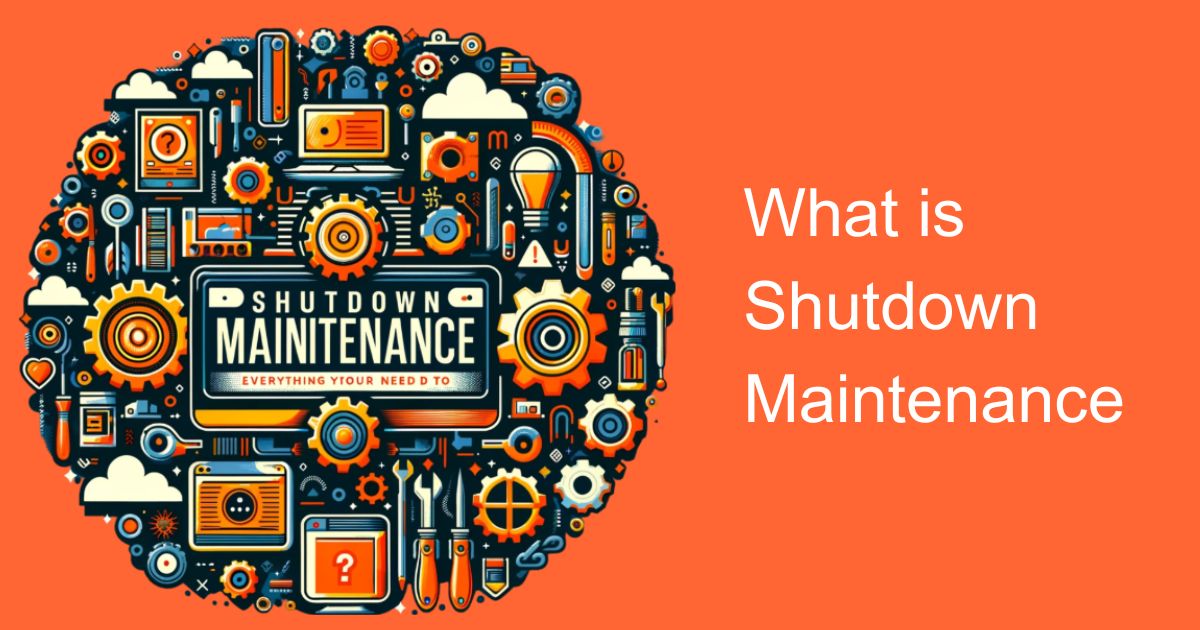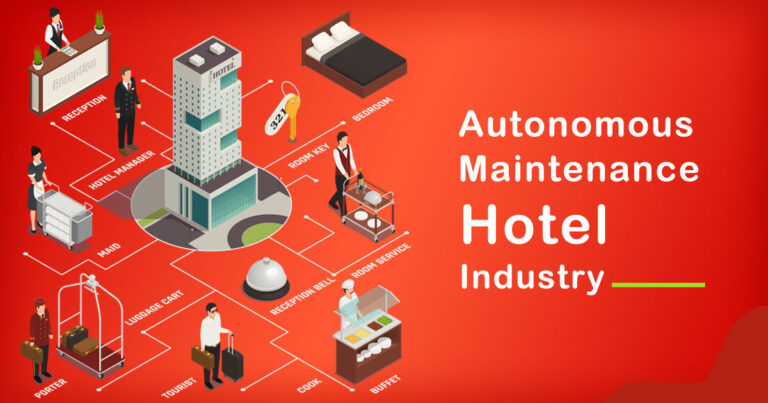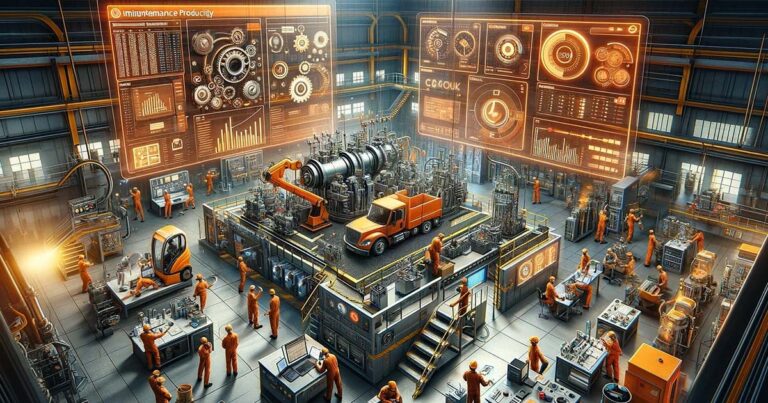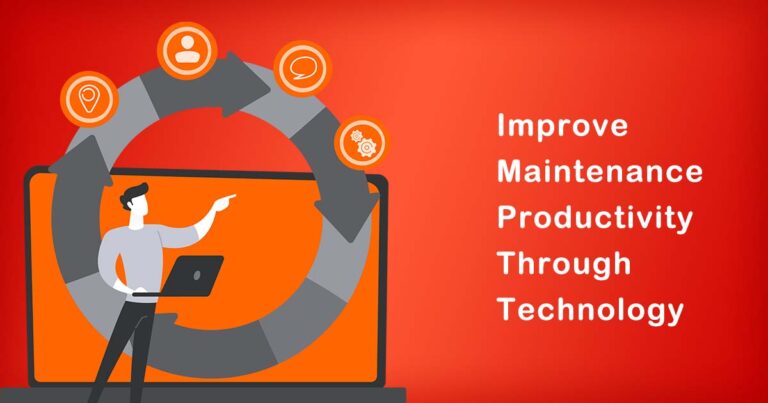Introduction
In the world of industrial operations, maintenance is a crucial aspect that ensures the longevity and efficiency of machinery and equipment. Among various maintenance strategies, shutdown maintenance holds a pivotal position. This article delves into the concept of what is shutdown maintenance, its significance in the Indian context, and provides valuable insights into its planning, execution, and benefits.
Understanding Shutdown Maintenance
Shutdown maintenance, often referred to as planned maintenance or turnaround maintenance, is a proactive approach to maintaining and improving the reliability of industrial assets. It involves the scheduled shutdown of a facility or a specific piece of equipment to carry out necessary maintenance, repairs, inspections, and upgrades. This periodic downtime is a planned event, unlike unexpected breakdowns, and is an integral part of industrial asset management.
The Importance of Shutdown Maintenance in India
Enhancing Safety:
Safety is paramount in any industrial setting, and shutdown maintenance plays a critical role in ensuring the safety of both workers and the environment. Regular inspections and maintenance activities help identify potential hazards, preventing accidents and minimizing risks.
Regulatory Compliance:
India has stringent regulations governing industrial safety and environmental protection. Shutdown maintenance provides an opportunity to comply with these regulations by addressing any non-compliance issues during the scheduled downtime.
Improved Equipment Reliability:
Regular shutdown maintenance can significantly enhance the reliability of industrial equipment. By addressing wear and tear, replacing worn-out parts, and implementing upgrades, the chances of unexpected breakdowns are reduced.
Energy Efficiency:
In a country like India, where energy costs are a significant concern, shutdown maintenance can be used to optimize energy consumption by retrofitting equipment with energy-efficient components.
Cost Savings:
While it may seem counterintuitive, planned shutdowns can lead to cost savings in the long run. By preventing catastrophic failures, reducing energy consumption, and prolonging equipment life, shutdown maintenance can prove to be a cost-effective strategy.
Planning and Execution
Pre-Shutdown Planning:
Effective planning is crucial for the success of shutdown maintenance. This involves creating a detailed schedule, identifying the scope of work, procuring necessary materials and spare parts, and allocating skilled personnel.
Resource Allocation:
Adequate resources, including manpower, equipment, and tools, must be allocated for the maintenance activities. This ensures that the work is completed within the stipulated downtime.
Risk Assessment:
A thorough risk assessment should be conducted to identify potential hazards and develop strategies to mitigate them. Safety should always be a top priority during shutdown maintenance.
Communication:
Effective communication is essential to ensure that all stakeholders are informed about the shutdown, its duration, and any associated disruptions. This includes employees, suppliers, and customers.
Post-Shutdown Evaluation:
After the maintenance activities are completed, a post-shutdown evaluation should be conducted to assess the effectiveness of the maintenance work and identify areas for improvement in future shutdowns.
Benefits of Shutdown Maintenance
Improved Equipment Life:
Regular maintenance helps extend the life of industrial equipment, reducing the need for frequent replacements.
Enhanced Efficiency:
Well-maintained machinery operates more efficiently, leading to increased productivity and reduced operational costs.
Increased Safety:
Regular inspections and maintenance activities enhance workplace safety, reducing the risk of accidents and injuries.
Compliance with Regulations:
Shutdown maintenance ensures that industrial facilities adhere to regulatory requirements, avoiding potential legal and financial repercussions.
Cost Control:
By addressing issues before they escalate into major problems, shutdown maintenance helps control maintenance costs and prevents unexpected downtime.
Conclusion
Shutdown maintenance is a critical component of industrial asset management in India, where safety, compliance, and cost-efficiency are paramount concerns. Through effective planning, execution, and continuous improvement, organizations can reap the benefits of increased reliability, enhanced safety, and reduced operational costs. Embracing shutdown maintenance as a proactive strategy is not just a best practice; it is a necessity for sustainable and efficient industrial operations in the Indian context.








